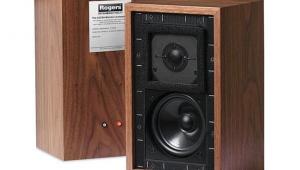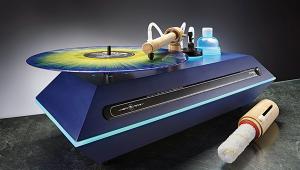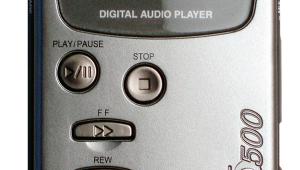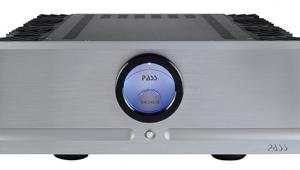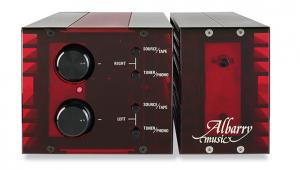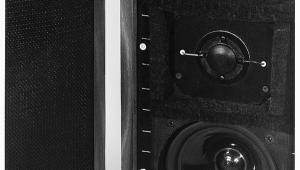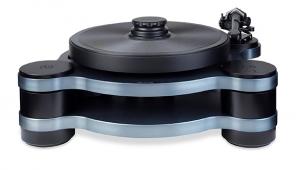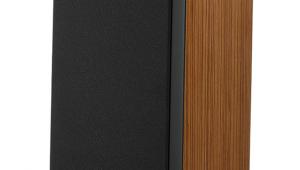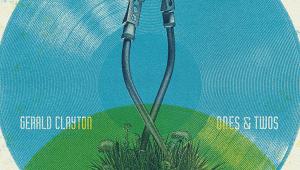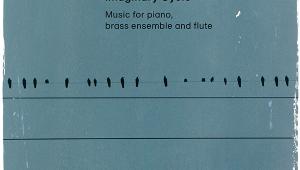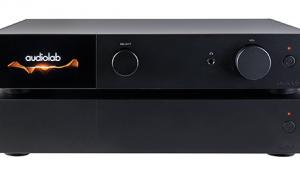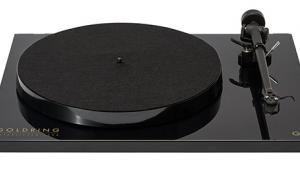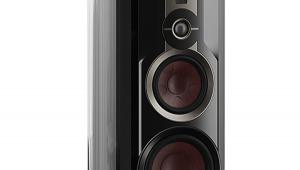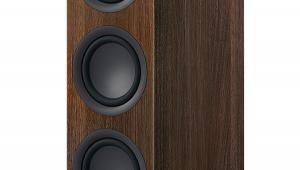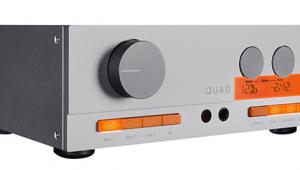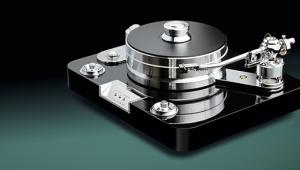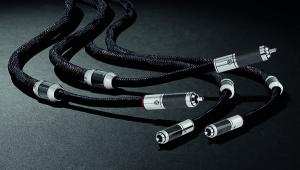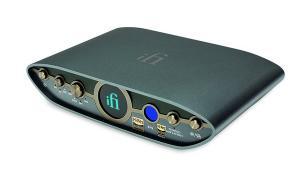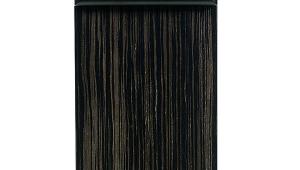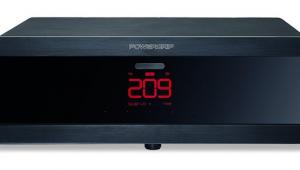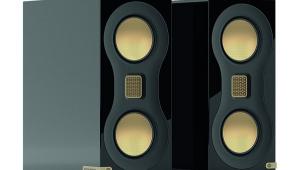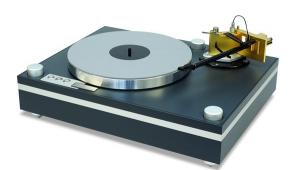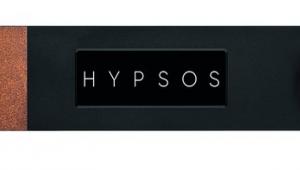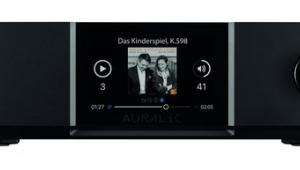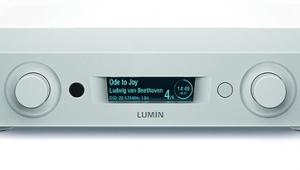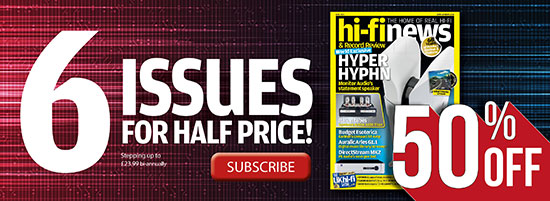Plug-in and play
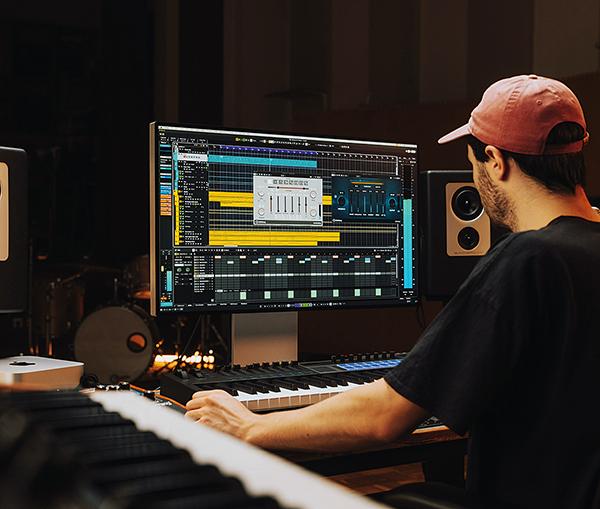
Whether through hardware or software, there are ways to tweak your system sound. But, asks Barry Willis, what’s the appeal in adding vinyl-style artefacts to modern, digital productions?
Last year, the BBC announced that the entirety of its century-old archive of sound effects would be made available to the public. A continuation of a programme launched in 2018, when approximately half the archive was released, the current one allows unlimited private use, and only what news reports called ‘a minimal fee’ for commercial users. With everything from traffic and machine noises to animal grunts, the archive is a bonanza for makers of low-budget independent films and videos. It may even be a money-saver for well-endowed studios.
Audio enhancement
Sound effects add enormously to live and recorded entertainment, as any Pink Floyd fan will verify. In a larger sense, all things audiophile are sound effects. Much of what we find so compelling about hi-fi are sound effects of the most basic kind: bass articulation, midrange clarity, upper-frequency detail, dynamics, imaging, and so forth – the sonic characteristics over which we obsess and for which we fork out fistfuls of cash.
A curious aspect of this phenomenon is the huge chasm between the world of the recording/mastering studio and the audiophile’s playback space. Many hi-fi fans have presumably little experience in the production end of the business and therefore don’t realise how many of the effects that they chase after are available via studio gear – and software plug-ins – at far lower cost. If you’re enamoured of a valve amp’s harmonic-rich emphasis, you might be shocked to discover that similar sonic effects can be had with an outboard tube buffer (or ‘sweetener’). Inserted between preamp and power amp, this delivers some second-harmonic boost without the heat and unreliability of big output tubes.
There are low-cost solid-state devices that do this, too. I’ve long enjoyed the Margules Audio ADE-24, originally marketed as a cure for the ‘icy’ sound of some CDs. Pleasantly unobtrusive, its magic works with any source.
Grunge music
Those with a phobia about signal processing ignore the fact that from mic to loudspeaker, the entire recording-to-playback chain is an exercise in signal processing – and that there’s usually more than one way to obtain a desired effect. If you’re after more detail, you might consider active equalisation rather than an amplifier whose manufacturer promises more top-end ‘zip’.
You may have noticed that films and television shows set in the past often feature music that sounds appropriate to the period. This is thanks to products such as the ‘Grungeliser,’ which can be seen as ‘anti’ high-fidelity. The plug-in ‘adds noise and static to your recordings – like listening to a radio with bad reception, or a worn and scratched vinyl record’, according to an online description.
A recording may be only a week old, but by dialling in some crackle, distortion, noise, etc, you can emulate the sound of the past – a 78rpm shellac pressing from 1932 or a 45rpm record from 1954. The Grungeliser can even add hum at 50Hz or 60Hz, for enhanced authenticity.
The faux ‘surface noise’ and pops and ticks sometimes heard on digitally produced recordings are added in the studio, a nod to nostalgia for days gone by. That such effects can be mixed into a new recording might prompt us to reconsider the nature of old analogue recordings, among the most popular audiophile fetishes. Of course, we’ve all heard superb playback from pristine pressings in ideal circumstances, but stacked against the real state of most vintage physical media, such sonic revelations are vanishingly rare.
With a couple of audiophile companions, I recently spent an evening at the home of a talented equipment designer. His entire system was a gorgeous work of art, truly museum-worthy – especially his custom-made turntable, probably in excess of $80k. Even so, every classic jazz album he cued up sounded like a crackling campfire. He seemed to think the sound was transcendent. I still don’t get it.






